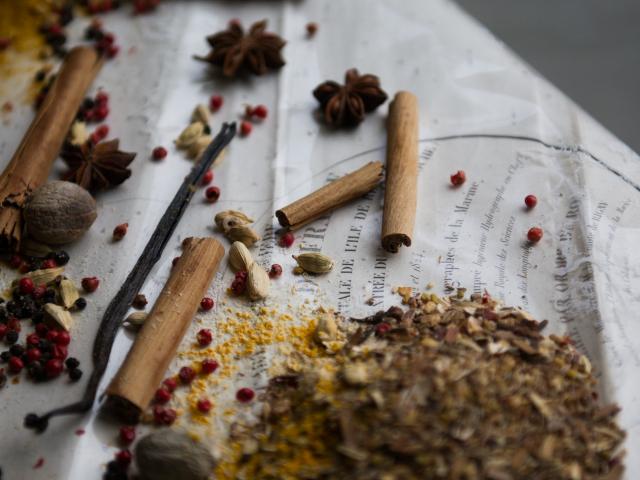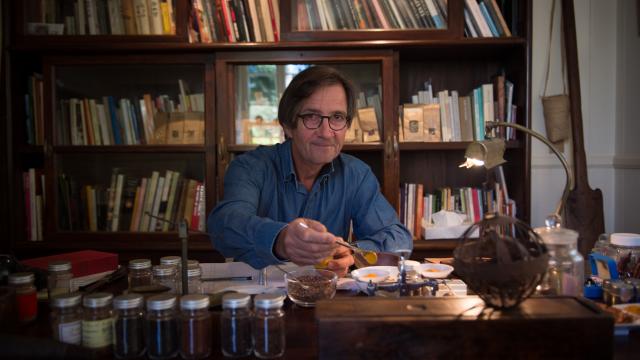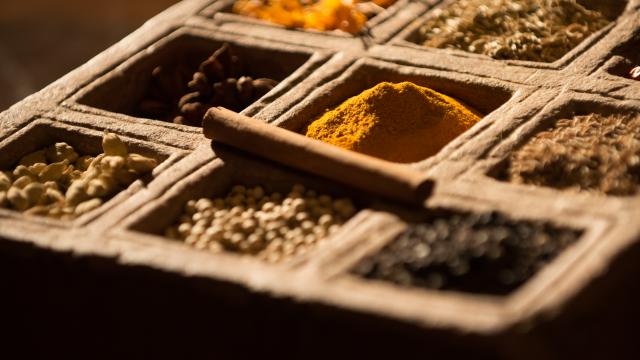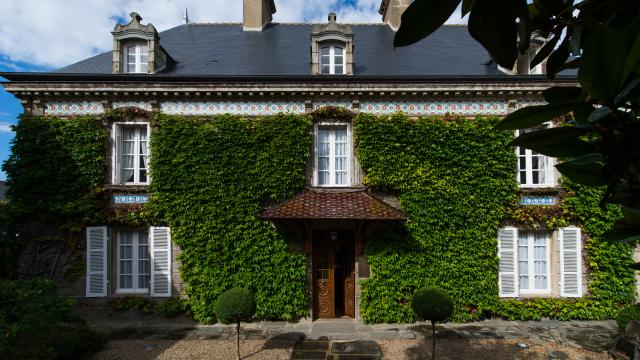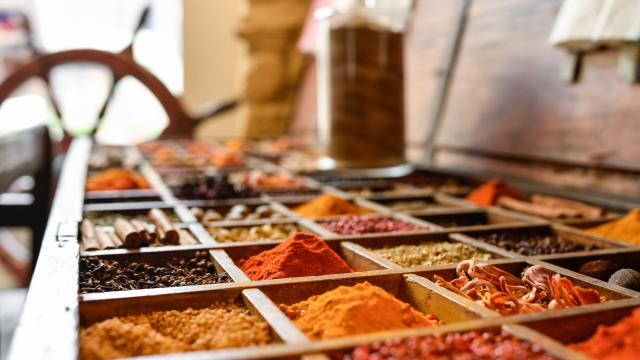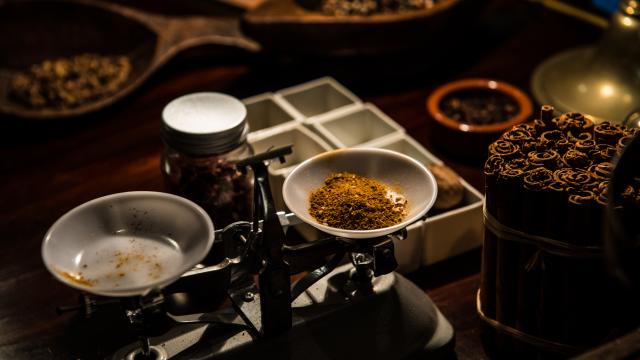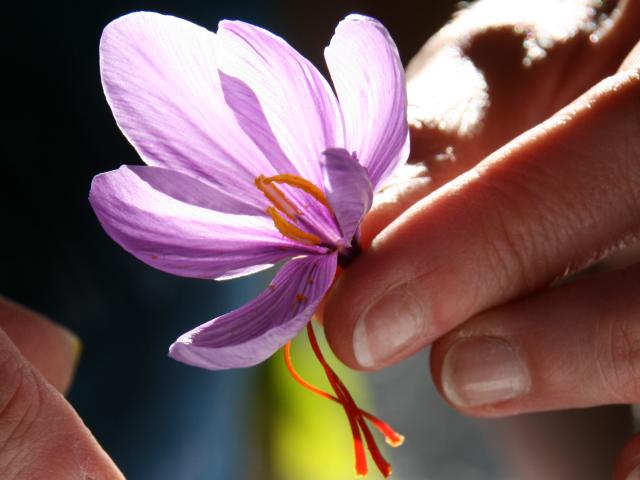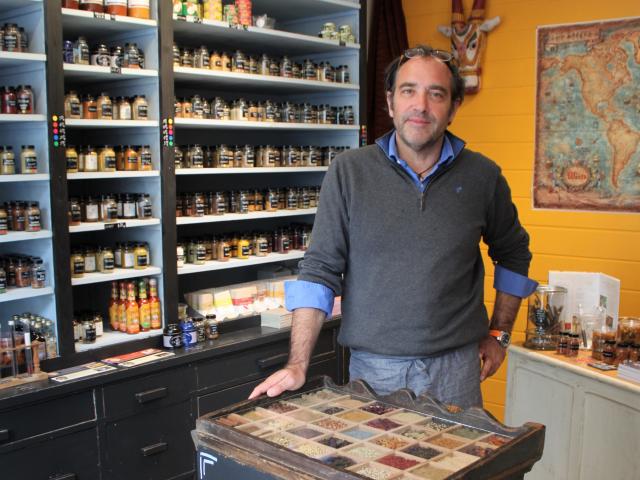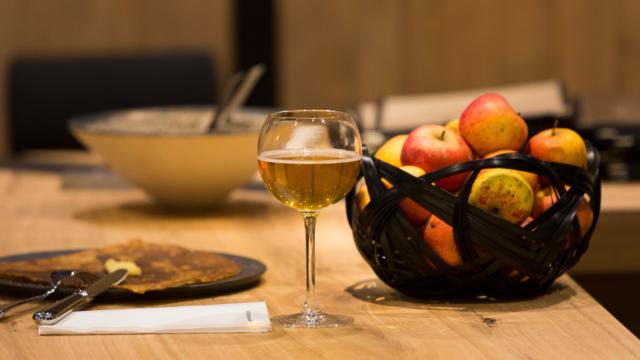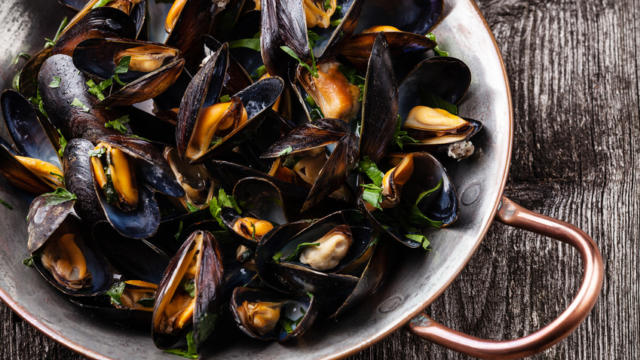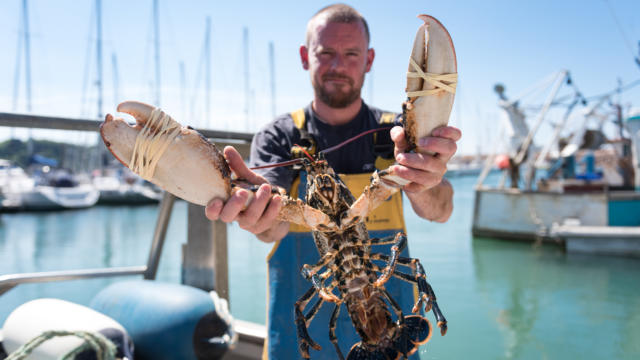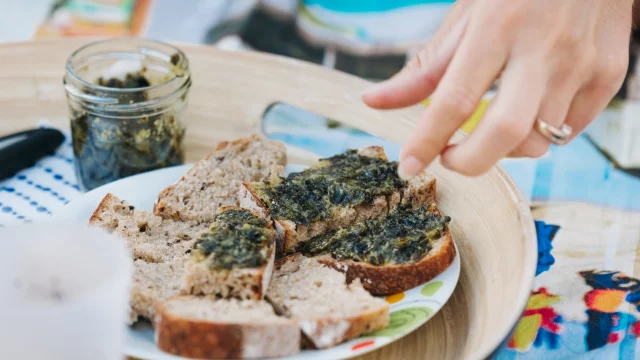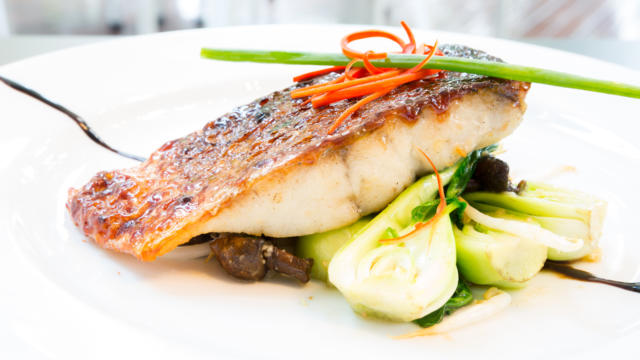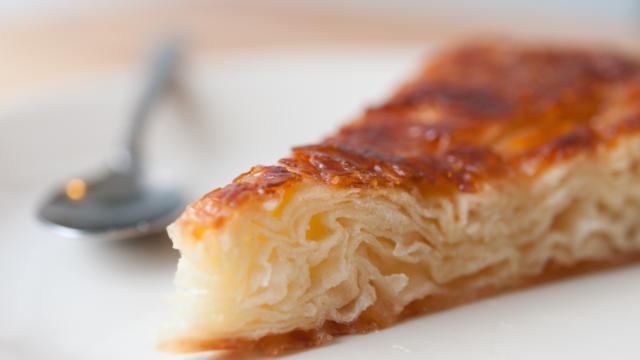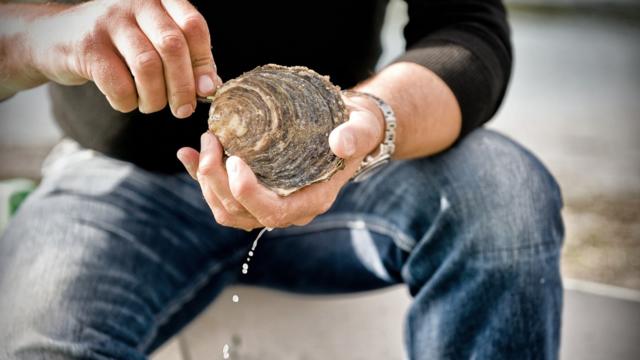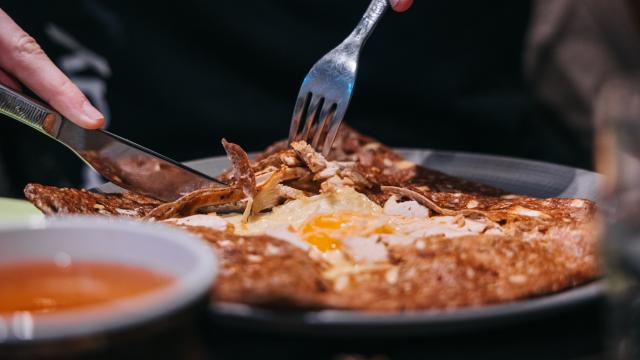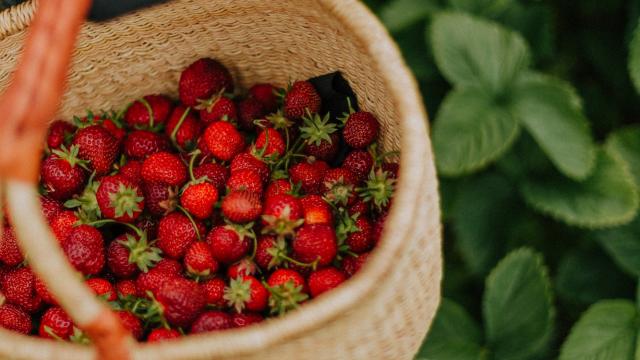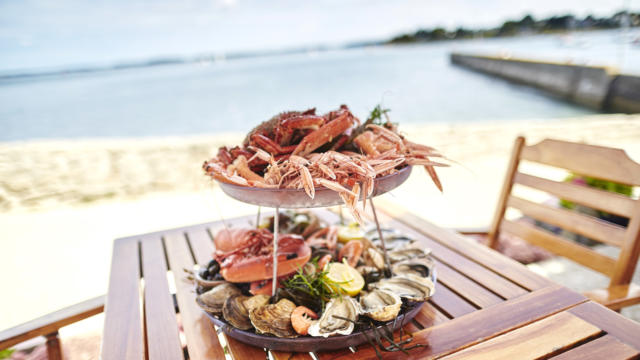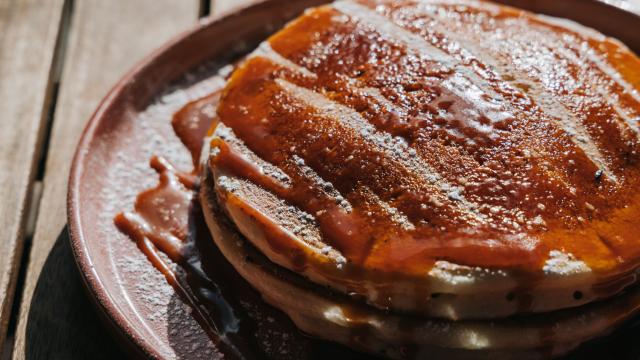A little bit of history…
The history of the peaceful seaside town of Port-Louis in southern Brittany is closely linked to that of the spice trade. The view from the citadel’s ramparts over Groix Island is breathtaking. In 1664, Colbert chose this site in Blavet bay to set up the Compagnie des Indes Orientales, which he had just founded, in order to develop trade with Asia. On the other side of the bay, shipyards were created, around which the town of Lorient was born. For 40 years, Port-Louis and Lorient witnessed the transit of spices, tea, fabrics, silk and porcelain, which made the fortune of Compagnie des Indes. Wars against Holland, Spain and England weakened maritime trade and in the early 1700s, the now bankrupt Compagnie des Indes became the possession of the “Messieurs de Saint-Malo”, a nickname given to the shipowners and privateers of Saint-Malo. It was these “spice hunters” who had the Malouinières (shipowners’ houses) built. These large country residences are steeped in history, and some are open for visiting…


